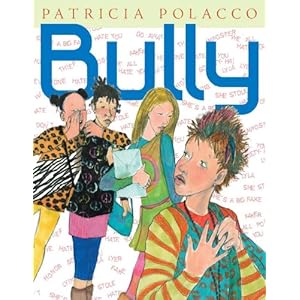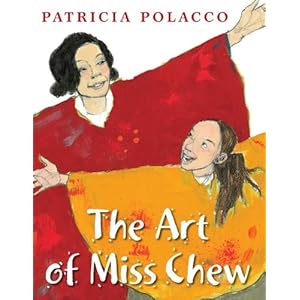From her statement I synthesized a few key points.
1) Our kids need to WRITE, WRITE, WRITE. They need multiple opportunities throughout they day to share their thinking in writing- always considering and working to demonstrate these traits:
- audience awareness
- idea development
- organization of ideas
- the best words to support the message and mode
- appropriate conventions they need to truly convey their message
2) Our kids need an understanding of the traits/ characteristics of quality writing. In a nutshell: the focus ought to be on the traits, rather than the form. This is because the traits transcend form. Students here gain access to those traits through analyzing model text and/or creating a class rubric that mirrors the state's Scoring Rubric as well as through specific mini-lessons and experiences writing. What seems to be most critical is that our kids understand that writers communicate coherently with an audience using the above bullets, regardless of the form (i.e. letter, story, Prezi, essay, feature article, etc.) Are forms obsolete? No, they are a form of organization and still need to be taught and experienced, but they are not the "end all, be all" of writing.
3) Our kids need support, but the goal is always independence. BES teachers really live this one. You know your writers may need graphic organizers to scaffold them as they work to become organized and developed writers, but eventually they need to wean themselves from them as they demonstrate the ability to write without them. You all are always pushing your students to try their own and use what works for them. I have yet to see anyone force a child to use a graphic organizer every time they write. It's always a form of support through Gradual Release of Responsibility. Go us!
Please share your synthesis after you read Ms. Parker's response in the comment section below.
As you know...Together We Grow. -Sarah
MS. PARKER'S RESPONSE: The craft of writing is a long, developmental process requiring a variety of strategies and scaffolds at each level. Requiring students to use a certain form (5 paragraphs) can stifle the creativity and growth of the writer. It can also create in the students’ minds a false sense of good writing.
For students to do well in On Demand Writing, it is critical that they first understand the traits of writing as outlined in the Scoring Rubric. According to the K-Prep Assessment Basics, form, although stated in the prompt, is there only to provide context for purpose and audience. Form is not part of the rubric; rather, students will be evaluated on their ability to communicate effectively with an audience by supporting complex ideas in a coherently.
So what does this look like in the classroom? It means that students write, write, and write. They regularly analyze a variety of texts, including their own writing, to understand purpose, audience, idea development, and language. Knowledge of these traits is critical to allow constructive conversations about writing. This can be done in large or small group settings, as mini-lessons in response to formative assessment needs, or as part of a planned instructional sequence. There are numerous resources for teaching the “Traits of Writing” that can be adapted to each grade level.
That doesn’t mean that there isn’t a time or a place for structured organizers as an instructional scaffold. However, because our goal is to develop independent writers, we should gradually release the use of these tools as students evolve in the craft of writing. Remember that on-demand writing is merely an assessment meant to allow students to demonstrate independently the skills they have gained through instruction and that the standards call for students to be able to write well in short and extended timeframes. The standards do not address the strategies for teaching writing, although they do align to a writing process approach.
A resource you might find helpful is Addressing the Three Modes of Writing in the KCAS, available here http://kdeliteracylink.wikispaces.com/file/view/Three+Modes+of+Writing+in+KCAS.pdf/380885860/Three%20Modes%20of%20Writing%20in%20KCAS.pdf. KDE will also be posting soon on the assessment page on-demand writing samplers, annotated student work, and instructional resources.
Hope this helps you—I appreciate your interest in helping students be better writers.
Cindy Parker, NBCT
Literacy Coordinator
Office of Next Generation Learners
Kentucky Department of Education
500 Mero Street, 1911 CPT
Frankfort, KY 40601


















